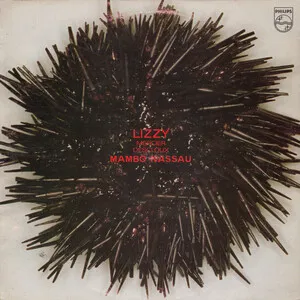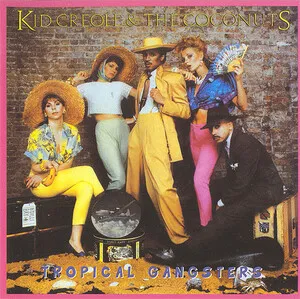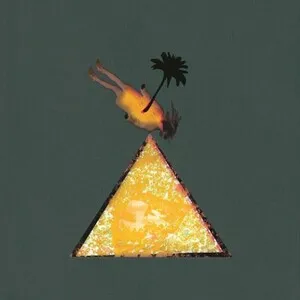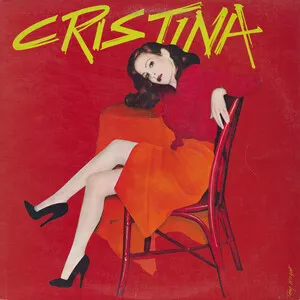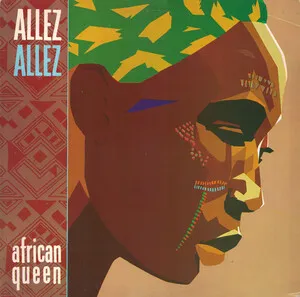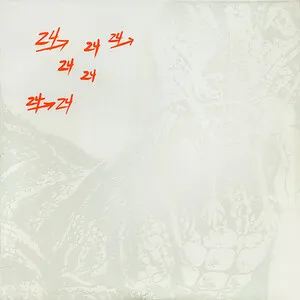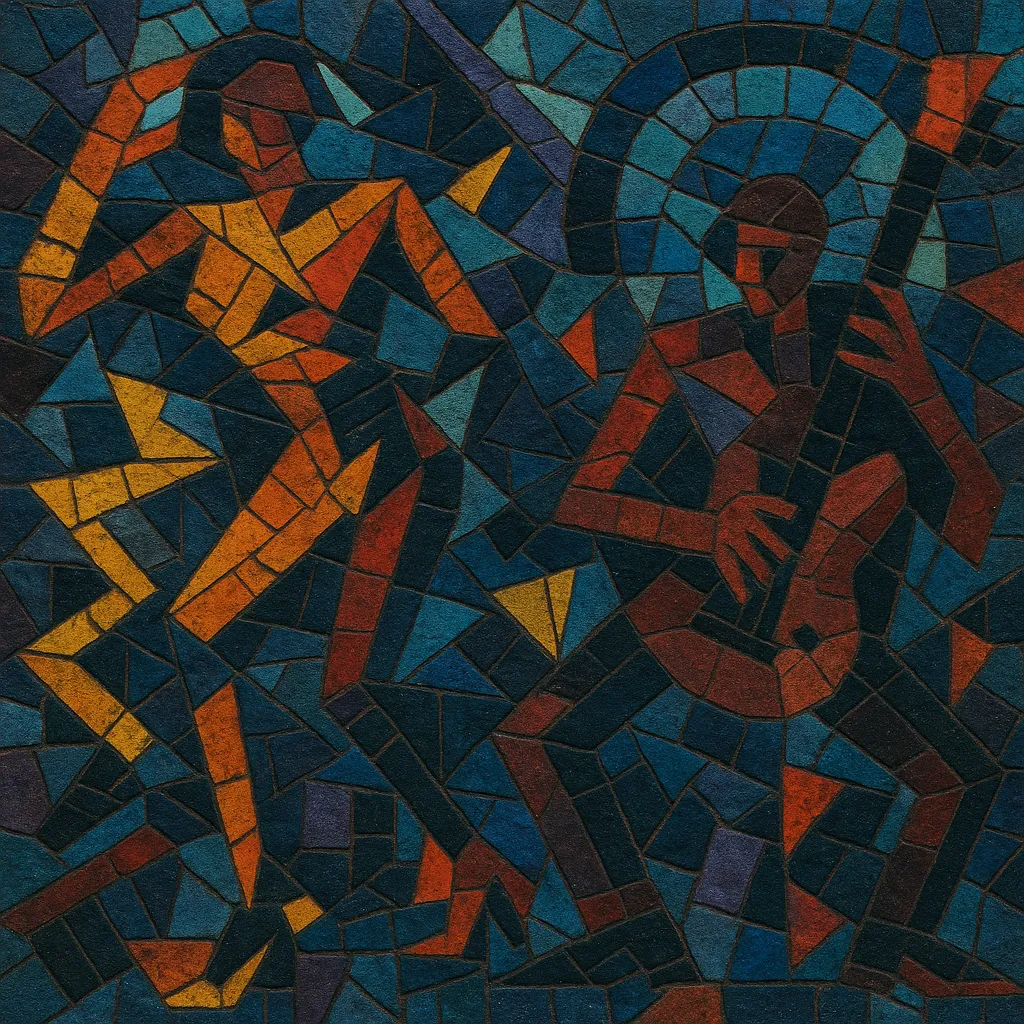
Mutant disco is a hybrid, downtown New York dance sound that splices the four‑on‑the‑floor pulse of disco with the angularity of post‑punk, the abrasiveness of no wave, and the groove science of funk and dub.
Coined and popularized around ZE Records’ 1981 compilation “Mutant Disco: A Subtle Discolation of the Norm,” it embraces irony, art‑school playfulness, and cosmopolitan polyrhythms. Expect rubbery basslines, clipped guitar scratches, hand percussion, early synths, and talk‑sung or theatrical vocals that subvert disco’s glossy hedonism while keeping its dancefloor logic intact.
The style is loose by design—less a rigid formula than a creative ethos that remixes disco with downtown experimentalism, Caribbean/Latin flavors, and DIY punk energy.
Mutant disco germinated in New York City’s late‑1970s downtown scene, where punk’s DIY ethos, loft‑jazz improvisation, and disco’s club infrastructure overlapped. As disco splintered into underground forms after its mainstream backlash, adventurous musicians began fusing dancefloor rhythm with art‑rock dissonance and funk minimalism.
The term was crystallized by ZE Records with the 1981 compilation “Mutant Disco: A Subtle Discolation of the Norm.” ZE’s roster (Cristina, Kid Creole & the Coconuts, Lizzy Mercier Descloux, James White/Chance, and more) embodied a witty, cosmopolitan spin on disco: sharp basslines, punk‑funk guitars, Latin/Caribbean percussion, and theatrical vocals.
Parallel crews (Liquid Liquid, ESG, Konk, Material, Arthur Russell/Dinosaur L, Tom Tom Club) extended the template with dub mixing, minimalist percussion vamps, and art‑pop hooks. Clubs like the Mudd Club, Danceteria, and Paradise Garage provided spaces where DJs and bands cross‑pollinated, stretching songs into extended mixes and embracing 12" culture.
By the mid‑1980s, mutant disco’s DNA fed into alternative dance, New York dance‑punk lineages, and, later, 2000s electroclash and nu‑disco. Its irreverent, groove‑first approach and studio dub tricks influenced indie dance and leftfield club music, preserving disco’s body‑moving core while keeping an experimental edge.

